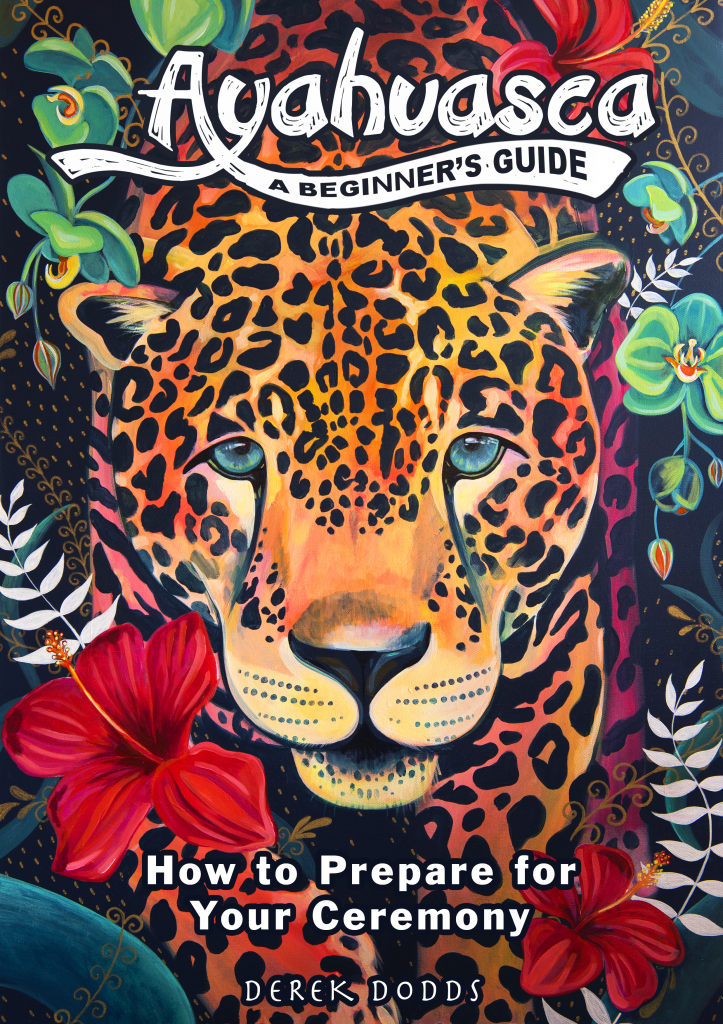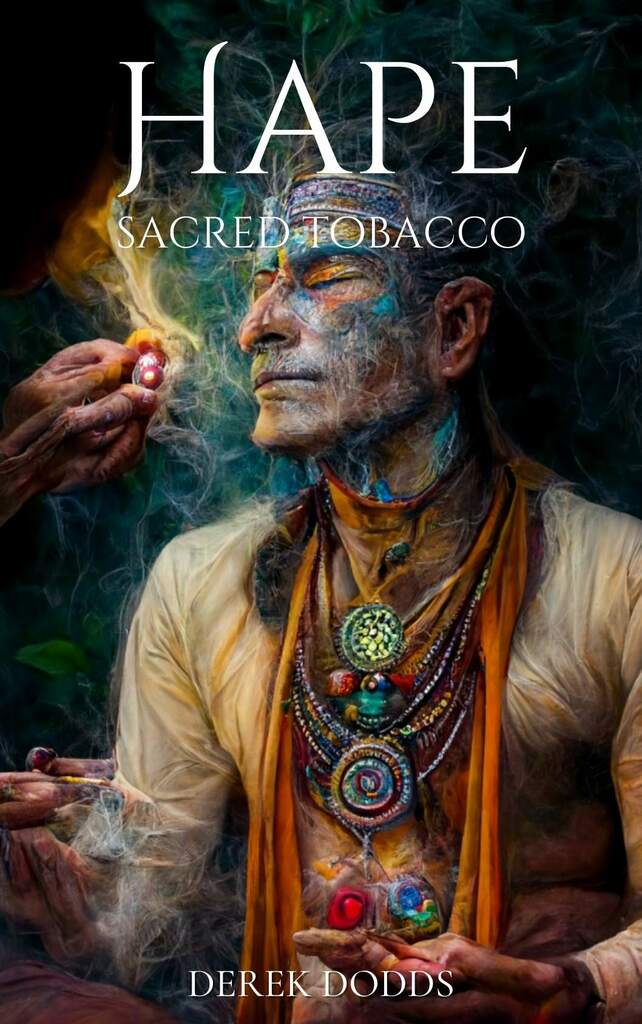Are You Leading A Secondhand Life?
I was living a secondhand life for many years, like an old worn-out t-shirt hanging on the thrift store rack, waiting for someone to take me home so that I could live in their dream world and not mine. The umbilical cord of life is longer than ever before, and in many cases, it is connected to an empty bag of broken dreams and someone else’s goals.
Life is too short to live a secondhand life. It’s such an honor to be born, to be healthy, and to live in a country where you can be anything you want to be. One of my favorite books was written by Victor Frankl, a psychologist that survived the Nazi concentration camps of World War II. If you want to bring some perspective to what it means to face adversity and come out the other end thriving, this is a great book.
When Victor Frankl was a prisoner in the concentration camps, his simple objective was to survive the atrocities around him, and in his book Man’s Search for Meaning he wrote,
“Man does not simply exist but always decides what his existence will be, what he will become the next moment. By the same token, every human being has the freedom to change at any instant.”
Victor Frankl reminds us that we have the power and freedom to create our lives. I applaud Frankl’s insight and his attempt to get us to look deeper at our journey. My opinion is that we spend much of our lives on autopilot, and it requires a concerted effort of awareness to construct a life that has vitality. Sometimes, all we need is a shift in perspective and a little guidance to help us get back on track.
In many ways, we are the result of our past. We all have ghosts in our closets, but this doesn’t mean that we can’t forge ahead and build a new way of being in the world.
Frankl was right when he stated that every human has the ability to change; this shift is possible at every stage of one’s life and is rooted in exploring—and defining—individual meaning and purpose. This crafting requires thought and insight, it demands exploration and discovery, and it must be intentional.

The first step in what I call the living process is understanding our meaning and purpose; more on that below. The second step involves creating a blueprint with actionable goals rooted in daily practice (or system) that drives our focused energy in a way that is both challenging and renewable thus leading us away from a secondhand life.
Tony Schwartz, in his book The Power of Full Engagement, calls this interplay ‘oscillation’, which is finding the right balance between energy expenditure and energy recovery. I am not saying that life is balanced because it doesn’t feel that way most of the time. However, by understanding the concept of oscillation, we have the possibility of leaning away from the chaos and toward a more balanced life.
Oscillation is a dance of physical, emotional, and psychological elements that require honest evaluation and tweaking—hipsters would call this lifehacking. I call it the living process.
Secondhand Life: Seeing Ourselves Clearly
One doesn’t have to go very far to see examples of a life full of sorrow and psychological frenzy. My own life is littered with broken relationships and behavior that some would call ‘questionable’. The New York Times reported that one in ten Americans take antidepressants, and among middle-aged women, that figure is one in four. Most of us use some crutch to get through life—alcohol, marijuana, work, exercise—antidepressants aren’t the only thing propping up society.

The spiritual philosopher J. Krishnamurti talks about a second-hand human being who is a result of repeated fragments of a rotten society and a diseased psyche. He writes,
“We are the result of all kinds of influences, and there is nothing new in us, nothing that we have discovered for ourselves; nothing original, pristine, or clear.”
~ J. Krishnamurti
Seeing ourselves lies at the foundation of being able to create a life blueprint that represents a way of living that resonates with our true selves. Shedding other people’s values gives us a great start toward liberation and is an essential action in removing the secondhand life cloak.
Before you start to craft your meaning, you need to figure out if that meaning is a conglomeration of other people’s stories. If not, you’ll wake up one day to the lyrics from Once In A Lifetime by the Talking Heads:

What I am saying is that there is deep work to be done here. The first step is the last, J Krishnamurti said. Without understanding that first act, the house of cards that you build will come tumbling down heart-wrenchingly quickly. The bedrock of the actual work has to do with knowing yourself, being brutally honest with your intentions, and transparently moving toward a realized existence. Let’s start with meaning and purpose.
Meaning vs. Purpose
Many people mix up meaning and purpose, and understanding their differences is essential to begin correctly. Let’s take a look at the root of each of these words.
Meaning comes from the old English word mean, which is defined as intending something to occur with synonyms such as design, contemplate, plan, and aspire. Meaning is your blueprint for life, a rough sketch, plan, or draft proposal of where you would like to go and how you will get there.
Let’s keep it simple and call it your intention. Once you have your intention, you need a plan, and you need to measure essential metrics along the way to make sure you are going in the right direction.
Purpose derives from old French, from the word propos and the Latin word proposer. The Latin root is defined as put or set forth, and the French root means ‘to place.’ Synonyms include words like move, advance, and present. The purpose is action and is infused with energy.
Once your intention (or meaning) is drafted it requires movement and energy to bring it alive, this is your purpose. Your purpose is to propel your meaning into the world. Thus, we need to understand our overriding intention.
As you can imagine, a misguided intention is a waste of energy. And if you have no energy to fuel your intention, then you will go nowhere fast.
Your purpose is the energy that makes meaning dance; it is the driving force of creativity and action. Harnessing and focusing your purpose is the third element of the living process trinity and is born from daily practice; focus and a systematic approach based on self-assessment and consistent nurturing away from homeostasis and toward vitality.
Project Me is something I call the living process; it is a combination of three life elements: meaning, purpose, and daily practice. I’ll give you some great tools to utilize, suggest approaches, and talk about my failures and successes. I hope that the living process will become a launching pad for you that unveils new insights while harvesting a more fulfilled life.










0 Comment